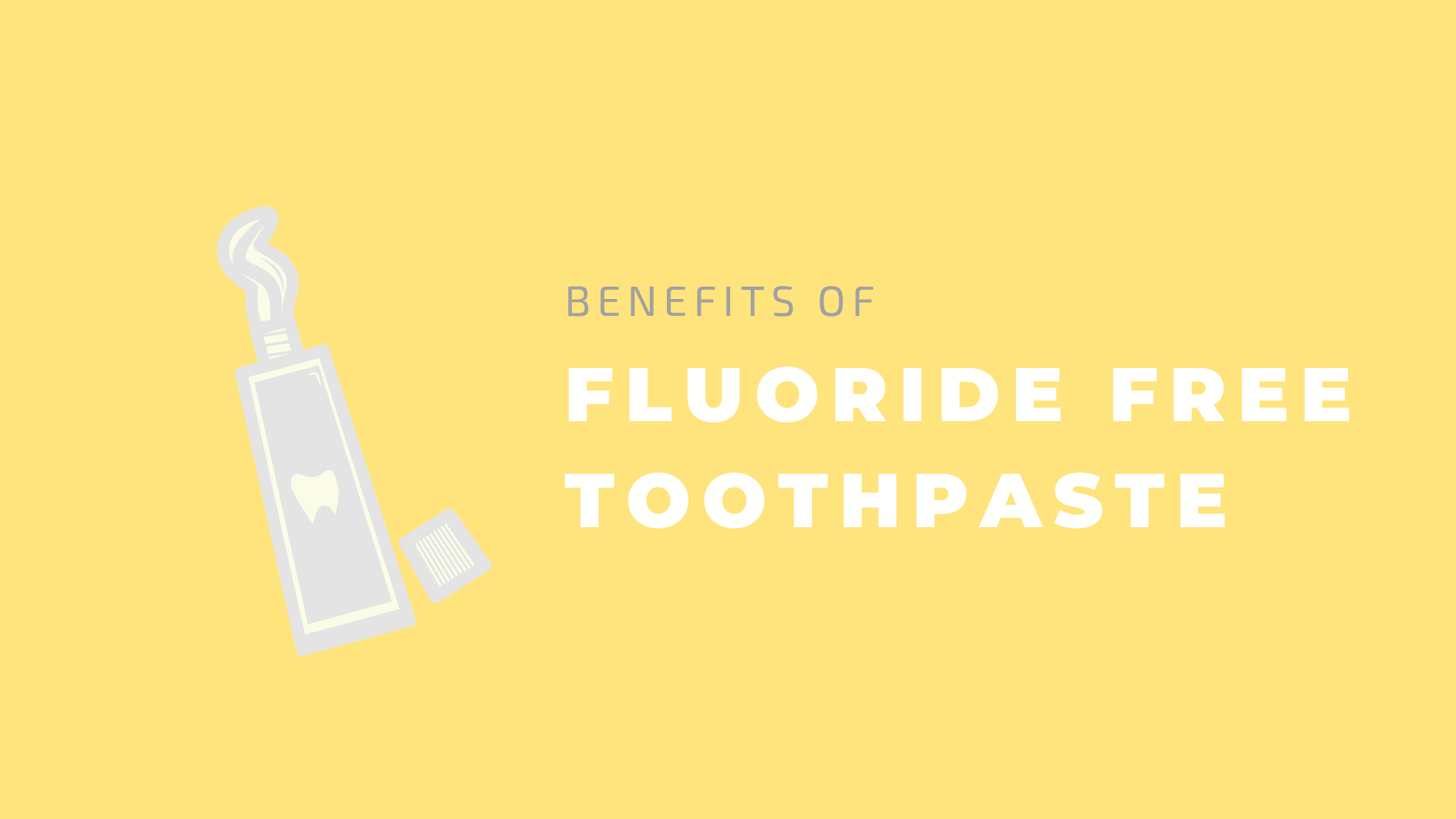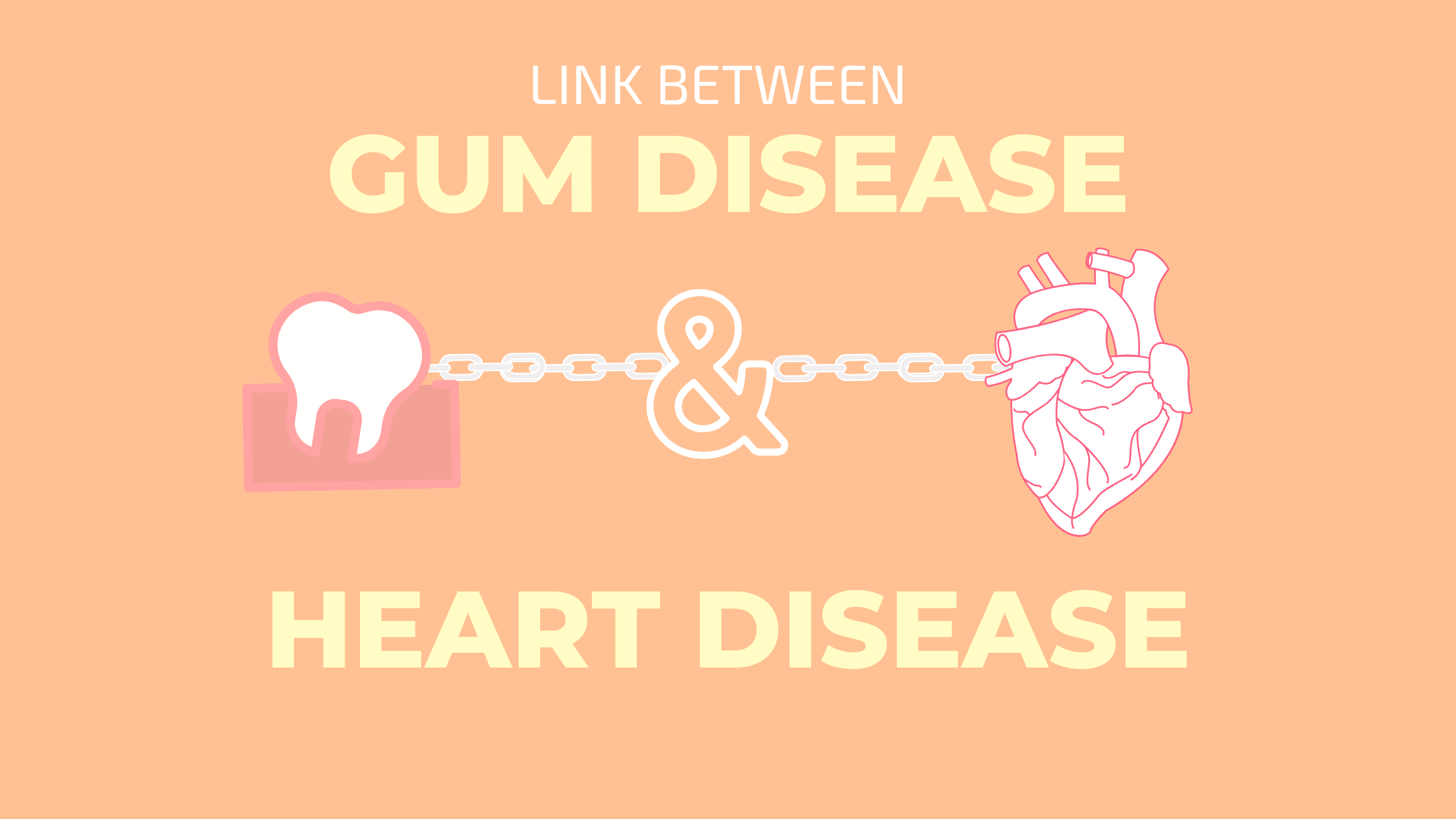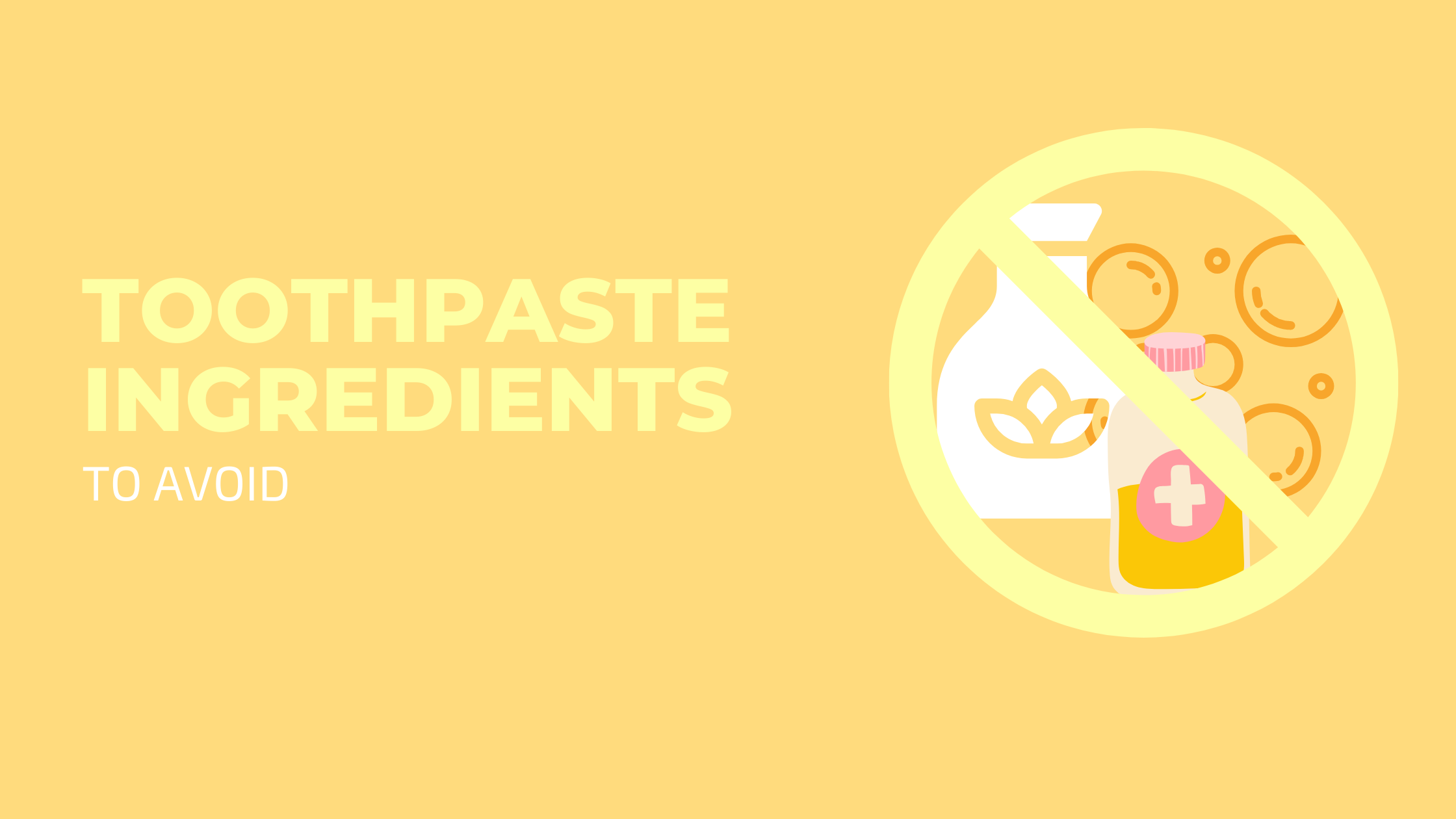
Benefits of Fluoride-Free Toothpaste
Most people assume you have to buy toothpaste with fluoride as it is known to help reduce tooth decay. Contrary to popular belief, fluoride isn't the be all end all solution to fighting decay and preventing cavities, and there is potential harm in consumption of fluoride. Dentists know the most important step towards healthy teeth and gums is to brush and floss properly daily, so fluoride isn't the answer to healthy teeth and gums. This article will teach you a little more about fluoride and why there are benefits to using a fluoride free toothpaste.
History of Fluoride
Fluoride and its effects on tooth decay were discovered accidentally in the early 1900s. Research was conducted initially by Dr. G.V. Black, a dental researcher. He found children in Colorado Springs had brown stains on their teeth which appeared to be resistant to tooth decay. By the 1930s researchers concluded it was fluoride that both caused the brown stains in certain communities that had high levels of fluoride naturally in the water, and which made the teeth resistant to decay.
While proper amount of fluoride has been shown to help prevent or reduce tooth decay in children and adults, excess amounts during the developing teeth before and after they come through the gums, can cause mild to severe staining called dental fluorosis or mottling. Dental fluorosis appears to affect only children aged 8 years and younger when permanent teeth are still developing.
Additionally there are other health concerns about absorbing fluoride from variety of sources that will be discussed in this article.
How Fluoride Reduces Tooth Decay
According to the Center for Disease Control (CDC), research suggests fluoride prevents tooth decay on tooth surfaces after teeth erupt into the mouth by the following mechanisms:
- Inhibition of demineralization, that is, fluoride helps prevent acid from weakening enamel (the outer surface of the tooth). Enamel is composed mostly of mineral crystals of calcium and phosphate. Acid tends to dissolve dental minerals, leading to starting the process of tooth decay. Fluoride can help inhibit dissolving of tooth minerals by acid by strengthening this layer.
- Enhancement of remineralization of enamel, which means if acid does attack and weaken enamel, fluoride can reverse the process by attracting calcium ions from the saliva. It then brings both calcium and phosphate ions together to again, make enamel less soluble when attacked by acid.
- Inhibition of bacterial activity in dental plaque. Fluoride can interfere with bacterial acid production, which leads to reducing demineralization.
Fluoride in Your Water
Fluoride is added to community water supplies, toothpaste, mouthwash and prescribed in pills to help prevent tooth decay. Other common sources include beverages and food processed with fluoridated water and professional dental products such as gels, foams or paste applied topically by dentists. Following extensive research, fluoride was added to community water supplies in certain concentrations. Fluoridation of water in communities began to spread, adjusting the levels for fluoride to help prevent tooth decay, without staining teeth (mottling or dental fluorosis).
In the United States, the Environmental Protection Agency (EPA) regulates fluoride in drinking water. You can check the amount of fluoride in your community water supply by contacting your water service. Between 1976 and 1987, clinical studies reported that adding fluoride to community water supplies of 0.7-1.2 parts per million (ppm), reduced tooth decay by 30% - 60% in baby teeth (primary) and 15% - 35% in adult teeth (permanent) (PubMed). Since there are variety of sources and routes of exposure, there are concerns about absorbing high levels of fluoride
Do You Know What's in Your Toothpaste?
In the United States, consumers spend $5.2 billion dollars per year on their dental products (Nielsen A. (2008) Consumer Insight.) Toothpaste are mostly made of:
- Detergents - harsh detergents such as sodium lauryl sulfate can lead to canker sores or allergies.
- Abrasives - harsh abrasives like charcoal may help scrape off surface stains, but if too abrasive, they may cause tooth sensitivity.
- Binding agents - prevent separation of ingredients. Examples are, carrageenan, xanthan gums and alginates.
- Humectants - help retain moisture so toothpaste does not dry out.
- Preservatives - can include formaldehyde, phenols, benzoates and alcohols to prevent bacterial growth.
- Coloring agents - for marketing purposes only, especially to kids. Allergies to artificial dyes have been reported.
- Antiseptics - such as tea tree oil, alcohol in mouthwash, or extra strength peppermint can do more harm than good. They may cause irritation and dry mouth to the delicate oral tissues.
- Fluoride salts - there is a reason for the FDA warning on the back of every tube of toothpaste with fluoride. It warns: "Keep out of reach of children under the age of 6. If more than used for brushing is swallowed, contact Poison Control Center, or your physician immediately."
- Flavorings - The Journal of Clinical and Aesthetic Dermatology reports allergic contact dermatitis is common from toothpaste flavorings. They indicate cinnamon and mint or essential oil flavors pose the highest risk for allergies.
- Antibiotics - triclosan is the most common chemical with antibacterial properties added to toothpaste. It has also been added to detergents, deodorants, creams, lotions, and soaps. CDC reports in the Fourth National Report on Human Exposure to Environmental Chemicals that triclosan was detected in 75% of people tested. Exposure to antibiotics frequently may lead to bacteria that are resistant to known antibiotics, leading to strains that cannot be treated successfully.
Why You Should Use Toothpaste Without Fluoride
The chemical element fluorine is what fluoride is derived from. In the United States, it is estimated that 75% - 95% of toothpaste brands contain fluoride. Toothpaste with fluoride presents health risks to children during the early years. The warning on the back of toothpaste focuses on the fact that most children under age of six years cannot spit. It's tempting for them to swallow the bubble gum flavored brightly colored toothpaste. Taking higher levels of fluoride than 20 mg per day of elemental fluoride in supplemental form by mouth or swallowing high amounts is unsafe. The side effects can include weakened bones and ligaments as well as muscle and nervous system problems.
A safer alternative to fluoride, specially for children is toothpaste with xylitol. Clinical studies are reporting promising results of tooth decay prevention with xylitol. Check out our line of healthy, fluoride-free toothpaste.



Leave a comment
This site is protected by hCaptcha and the hCaptcha Privacy Policy and Terms of Service apply.